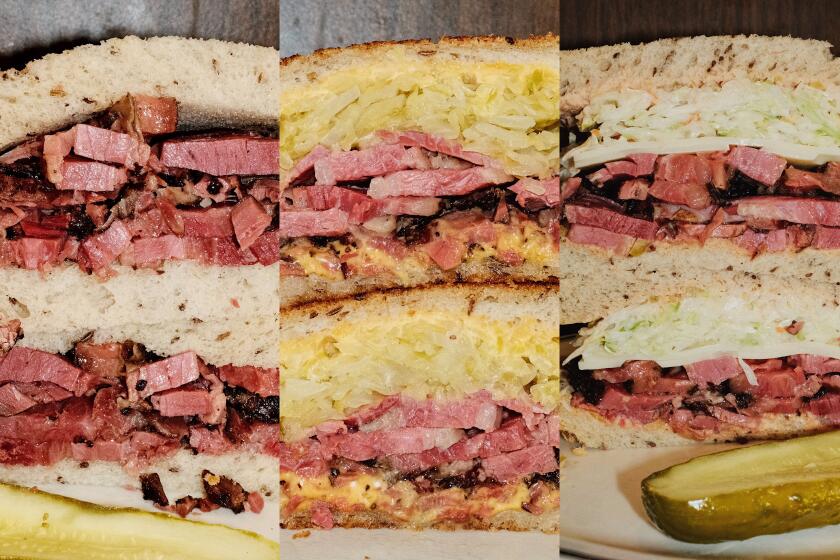Lawmakers take up bill to ensure beer drinkers get a full pint
What are you really getting when you order a “pint” of beer? Lawmakers in Michigan are attempting to banish the short pour and make sure that a pint means 16 ounces.
All beer fans are familiar with the ubiquitous “shaker pint” glass -- the tumbler with the slanted sides that’s become the de facto beer vessel at many establishments. But there is no guarantee that the glasses actually hold the 16 ounces that make up a U.S. pint.
The Michigan legislators who have introduced the bill are fighting back against so-called “cheater pints” -- glasses that look like standard tumblers but actually hold less than 16 ounces -- as well as a foggy definition of “pint” in the vernacular.
While technically a U.S. pint is 16 ounces, many people use the term interchangeably with “glass” without any mind to capacity. The Michigan law would penalize establishments that advertise a pint but pour anything less.
Of course, craft beer is not always best served in 16-ounce quantities, and a shaker pint glass is rarely the best vessel for craft beer. Beer bars with an admirable attention to detail will match serving size to a craft brew’s alcohol content and overall boldness of flavors. Getting a 10% alcohol barrel-aged stout in a pint glass might be a good value, but it’s rarely a great drinking experience.
And what about a beer’s foamy head? Does the recommended inch of foam atop your pint count toward the 16 ounces? How does that get policed? In a perfect world, every craft beer bar would serve brews in their proper glassware with fill-lines and with the proper amount of head, but legislation isn’t the road to that perfect world -- education is.
Have you suffered from the dreaded short pour at an L.A. bar? How important is getting 16-ounces of beer when you order “a pint”?
ALSO:
Great ways to use Brussels sprouts
11-year-old designs space station beer
Dodgers are winners, Dodger Dogs? Not so much
More to Read
Eat your way across L.A.
Get our weekly Tasting Notes newsletter for reviews, news and more.
You may occasionally receive promotional content from the Los Angeles Times.










